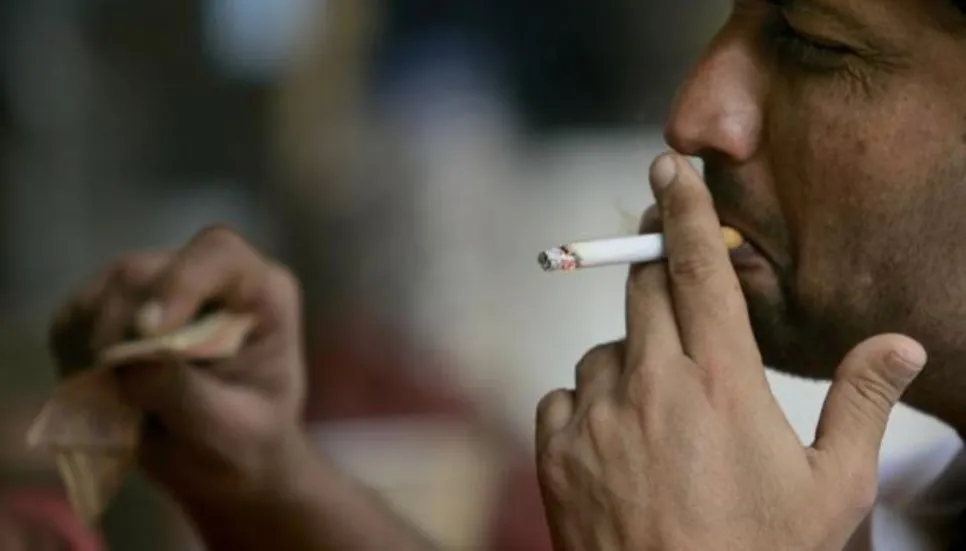
As the prices of essential goods continue to soar in Bangladesh, low-income and limited-income individuals are being forced to compromise on daily nutritional needs.
However, the cost of harmful smoking habits has remained nearly unchanged, particularly due to the affordability of low-tier cigarettes. This has resulted in increased health risks for the poor.
Over the past five fiscal years, the price of low-tier cigarettes has only increased by Tk10, averaging an increase of Tk2 per year. Since the FY2019-20, there has been no price increase for these cigarettes, except for a Tk1 hike per stick in that year alone, read a press release.
The failure to adjust cigarette prices in line with inflation has made smoking more accessible and attractive to low-income groups. With low-tier cigarettes remaining cheap and readily available, it has become difficult to discourage smoking among these populations.
Statistics indicate that low-tier cigarettes now dominate 80 per cent of the cigarette market, primarily consumed by low-income individuals due to their affordability.
This has kept this harmful product within the purchasing power of the poor.
In this context, various anti-tobacco organizations and both local and international researchers are proposing a significant price increase for cigarettes in the upcoming FY2024-25.
Industry experts have suggested raising the price of a 10-stick pack of low-tier cigarettes from Tk45 to Tk60. Additionally, aligning prices with inflation could potentially increase government revenue by approximately Tk10,000 crore.
Dr Nasrin Sultana, a professor at the Institute of Health Economics at Dhaka University, highlighted the urgent need for nutritional attention for the country's low-income population.
“Low-income individuals are the most affected by malnutrition. Increasing the price of low-tier cigarettes would reduce the number of smokers in this demographic. This would not only decrease health risks but also enhance revenue flow even amid economic downturns,” she explained.
By adjusting cigarette prices in line with inflation, it is hoped that the harmful effects of smoking can be mitigated, especially among the most vulnerable populations.